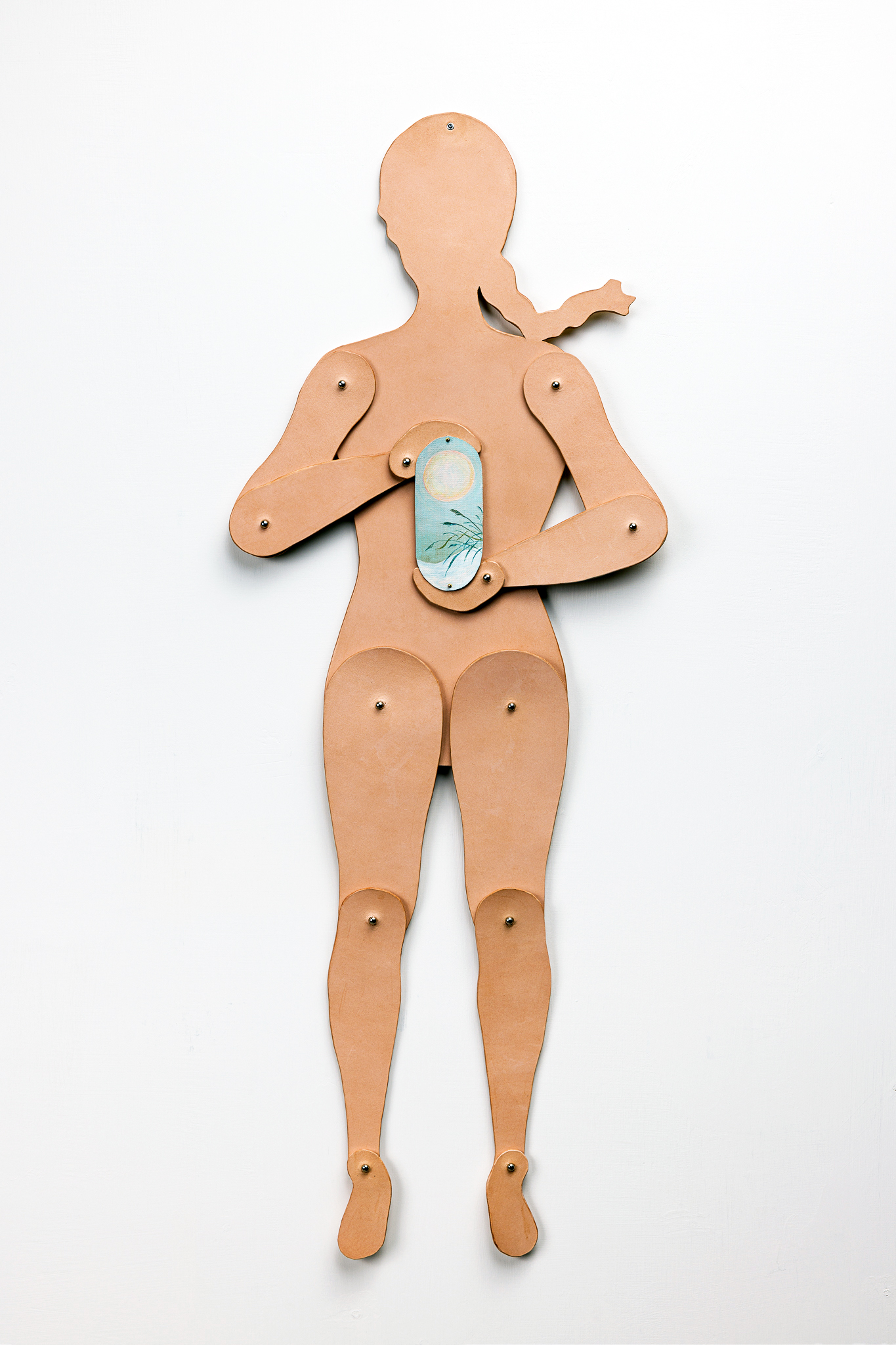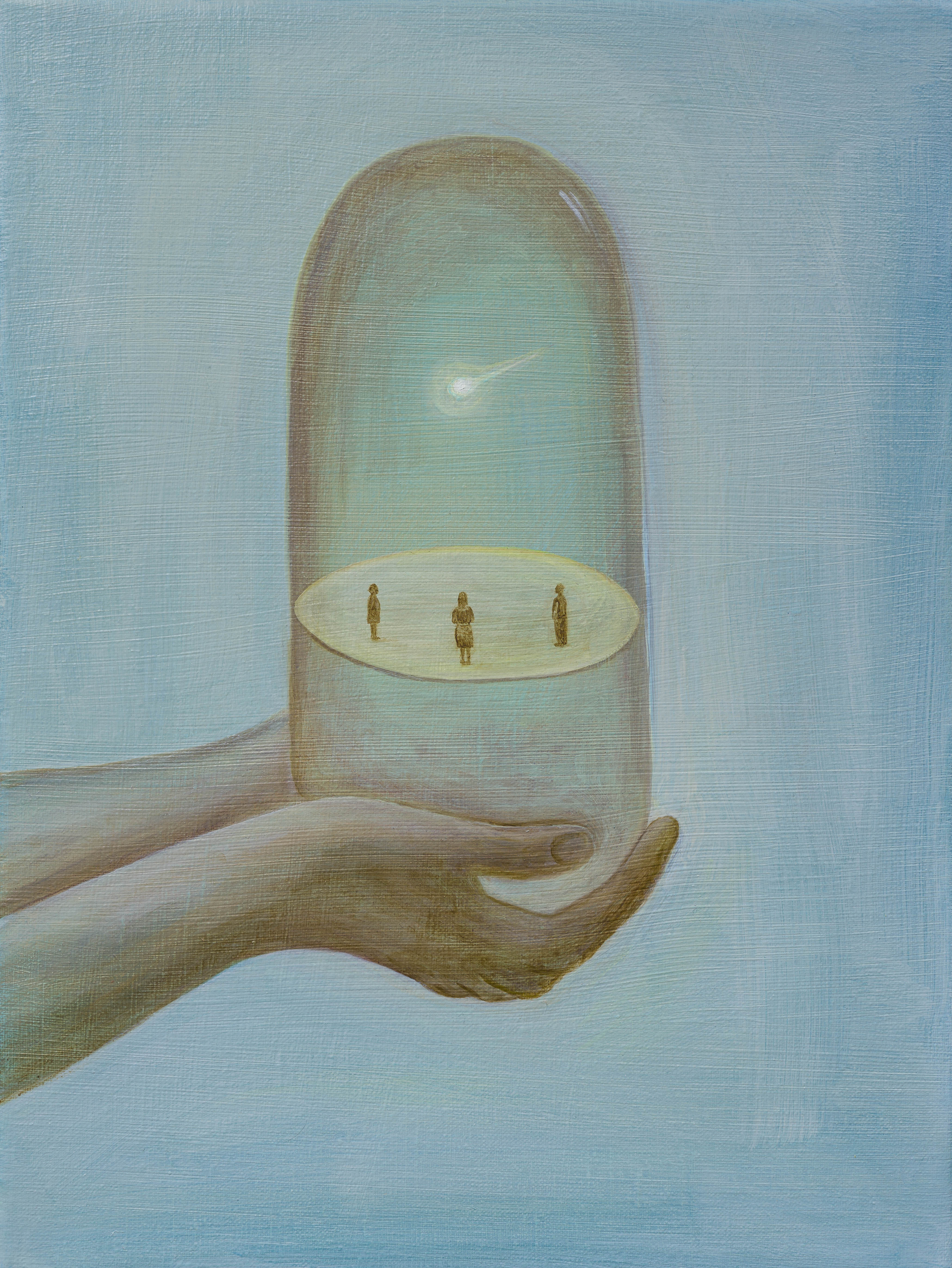Memory Diaspora
A Sci-Fi Story about Migration
Since the end of 2023, I have been exploring the idea of viewing humanity as a migratory species. I began developing a sci-fi narrative set in part within the coastal dunes of the Netherlands, imagining a future where climate change forces humanity to choose between staying on Earth or migrating to another planet. Through speculative fiction and imagination, I seek to explore the role of culture and memory in human life under such circumstances and the potential phenomena that may arise. This conceptual process led to Memory Diaspora: A Sci-Fi Story of Migration.
------------------------------------------
A Rustling Overture (Solo, Mumu gallelry, Taiwan) More info ->

One of the main settings in the story is Earth's coastal dunes, inhabited by those who either chose—or had no choice but—to remain on Earth, along with scientists collecting information about the planet. This exhibition marks my first attempt to translate this sci-fi narrative into painting. The story begins in the dunes, where shifting perspectives immerse the viewer in a journey—drifting from afar and arriving at this unfamiliar landscape for the first time. The experience unfolds as an invitation to speculate and explore the surroundings. Blending reality and surrealism, the work provides subtle hints and open-ended spaces for imagination. This is a story without a fixed plot; instead, I invite viewers to navigate through dunes, greenhouses, capsules, memory exchanges, games, and acts of observation—crafting their own narratives along the way.
----------------------------------------------
A mountain is not a mountain; a moon is not a moon; a flower is not a flower
(group, Mumu Gallery, Taiwan)
About the Exhibition
While creating these exhibited works, besides echoing the sci-fi story of interstellar migration I’m currently developing, I followed a concept in mind:
“A mountain is not a mountain; a moon is not a moon; a flower is not a flower.”
This concept stemmed from my experience climbing the seashore dunes in the Netherlands, mistaking them for mountains. At that time, I felt a sense of displacement, but from then on, the dunes became substitutes for mountains. While in the Netherlands, I invested my emotions for mountains into the dunes, connecting me and my homeland.
It seems that migrants in a new country cannot escape from such a fate. It’s as if we gradually understand and adapt to the new environment through analogies between new things and memories of our homeland. I found a similar phenomenon in human space exploration: Saturn’s moon, Titan, has landscapes identical to Earth’s and could be a potential option for human habitation in outer space. Scientists use terms like mountains, seas, and lakes to describe Titan’s geographical features, but its composition is entirely different, such as methane. Would a flower brought to outer space undergo a qualitative change and still be considered a flower? If we were to move to other planets, would we also find a dimly lit celestial body resembling the moon to celebrate the Mid-Autumn Festival?
The recurring imagery of the memory capsule symbolises the preservation of landscapes and cultures that I will be reminiscing about when they do not exist on the new Earth humans emigrate to in the form of memories.


Memory Capsules


